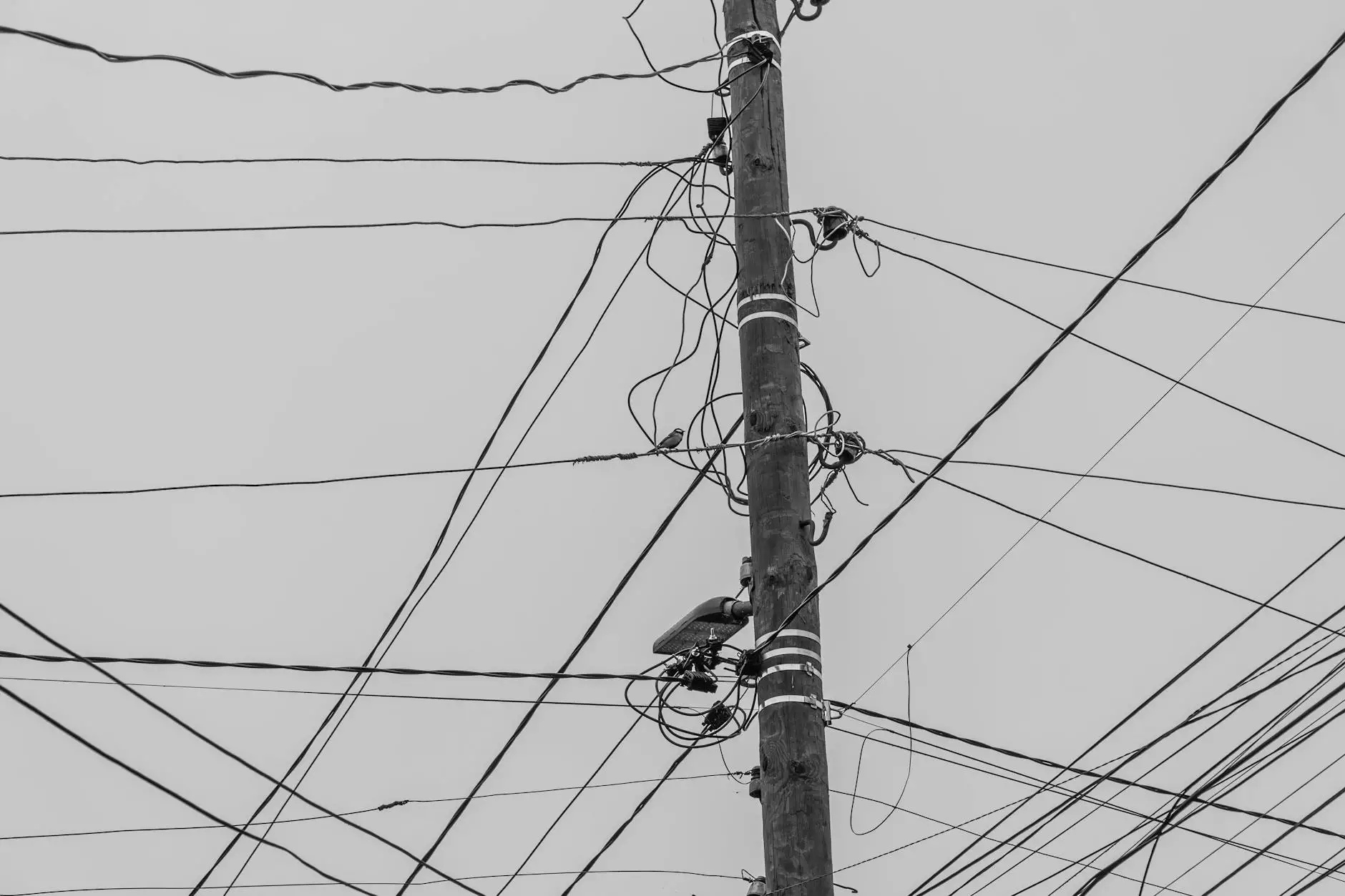How to Make Concrete Non Slippery: A Comprehensive Guide

Concrete surfaces are known for their durability and versatility, making them a popular choice for both residential and commercial spaces. However, one significant drawback of concrete is its tendency to become slippery, especially when wet. This article will explore how to make concrete non slippery, ensuring safety and enhancing the usability of your concrete surfaces. Whether it's on driveways, patios, or office floors, we have got you covered with effective solutions.
Understanding the Slipperiness of Concrete
Before diving into the methods to improve traction, it’s essential to understand why concrete can become slippery:
Factors Contributing to Concrete Slipperiness
- Surface Finish: Smooth finishes are more prone to becoming slippery.
- Weather Conditions: Rain or snow can make concrete surfaces extremely slick.
- Contaminants: Oil spills, leaf litter, and ice can contribute to the slipperiness of concrete.
- Wear and Tear: As concrete ages, it can become worn, leading to a polished surface that lacks traction.
Techniques on How to Make Concrete Non Slippery
There are several effective methods to increase the slip resistance of concrete surfaces. Here are some of the most popular and reliable techniques:
1. Texturing the Surface
One of the most effective ways to increase traction is by texturing the concrete surface. This can be achieved through:
- Stamping: Adding patterns can create an uneven surface that enhances grip.
- Broom Finishing: A broom finish gives the concrete a rough texture, which can significantly reduce slipperiness.
- Sandblasting: This method roughens the surface, creating tiny ridges that improve traction.
2. Using Anti-Slip Additives
You can incorporate various additives during the mixing process or apply them to existing concrete:
- Anti-Slip Aggregate: These aggregates can be mixed into the concrete before pouring to provide immediate texture.
- Anti-Slip Coatings: These coatings can be applied as a sealant, adding a rough texture while preserving appearance.
- Silica Sand: Adding silica sand to paint or sealers can enhance grip on newly poured concrete.
3. Applying Non-Slip Sealers
Non-slip sealers create a protective coat over the concrete, providing added traction and extending the life of your concrete. Look for:
- Water-Based Sealers: These are eco-friendly and allow for easy application.
- Penetrating Sealers: They seep into the concrete, providing long-lasting protection without altering the surface appearance.
- Topical Sealers: These form a film on the surface that can enhance slip resistance.
4. Regular Maintenance and Cleaning
Keeping concrete surfaces clean is crucial in maintaining their slip resistance. Here are some maintenance tips:
- Regular Sweeping: Remove debris that can create slick spots.
- Pressure Washing: A thorough wash can help eliminate grime and contaminants that lead to slippery conditions.
- Prompt Spill Cleanup: Addressing spills immediately can prevent long-term damage and slipperiness.
Special Considerations for Different Environments
When considering how to make concrete non slippery, it is essential to take into account the specific environment. Here are tailored solutions for various applications:
Residential Concrete Surfaces
For driveways and patios, implementing textured finishes during installation or applying anti-slip sealers can enhance safety. Additionally, using decorative concrete can add aesthetic value without compromising on traction.
Commercial Properties
In high-traffic areas such as office buildings and retail spaces, using commercial-grade non-slip coatings and sealers is advisable. Regular cleaning schedules can also ensure that these surfaces remain safe for customers and employees.
Outdoor Areas
For walkways, pool decks, and other outdoor surfaces, consider incorporating anti-slip aggregates in the concrete mix or using a broom finish for added texture. Regular maintenance is crucial here, especially in wet climates.
Conclusion
Understanding how to make concrete non slippery is vital for ensuring safety in both residential and commercial environments. By implementing texturing techniques, using anti-slip additives, applying non-slip sealers, and maintaining cleanliness, you can significantly reduce the risk associated with slippery concrete surfaces. At ND Clean, we pride ourselves on providing effective cleaning and flooring solutions to help you maintain safe and beautiful concrete surfaces.
For expert advice and professional services on maintaining your concrete surfaces, contact ND Clean today. Your safety and satisfaction are our top priorities!









